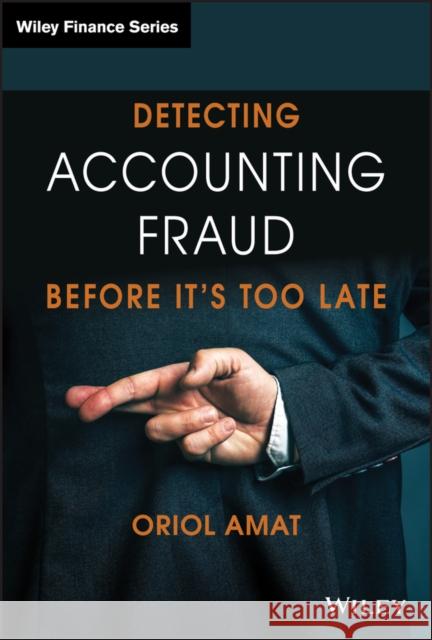Detecting Accounting Fraud Before It's Too Late » książka
topmenu
Detecting Accounting Fraud Before It's Too Late
ISBN-13: 9781119566847 / Angielski / Twarda / 2019 / 208 str.
Kategorie:
Kategorie BISAC:
Wydawca:
Wiley
Język:
Angielski
ISBN-13:
9781119566847
Rok wydania:
2019
Dostępne języki:
Numer serii:
000293957
Ilość stron:
208
Waga:
0.36 kg
Wymiary:
22.86 x 16.0 x 2.29
Oprawa:
Twarda
Dodatkowe informacje:
Bibliografia











